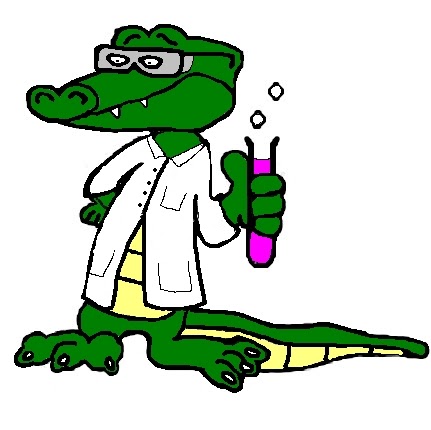Question #b741b
1 Answer
Jun 8, 2014
You will only get one structural isomer, because this is a substitution reaction. Using ethanol as the solvent (to prevent hydrolysis of the halogenoalkane) you are simply swapping the halogen for an amine group.
However, if the carbon atom to which the halogen is bonded is chiral, I.e. It has four different groups bonded to it, then you might get two optical isomers. If the halogen atom is removed to form a carbocations, then the ammonia molecule can attack from either side. You will need to know whether the halogenoalkane is itself chiral, and if so, whether the nucleophilic substitution is happening in a single step or in two steps with an intermediate.

